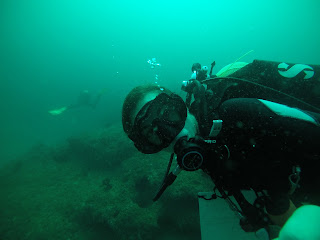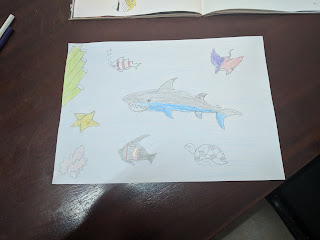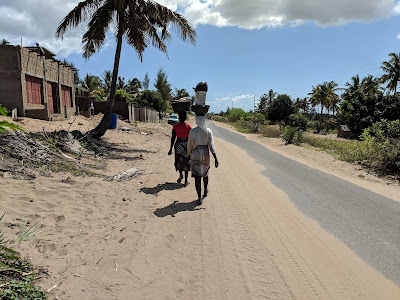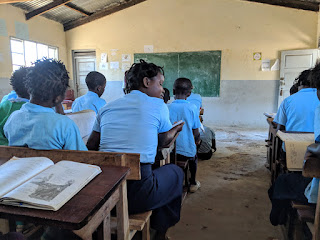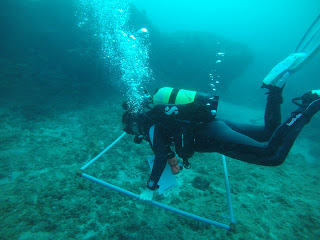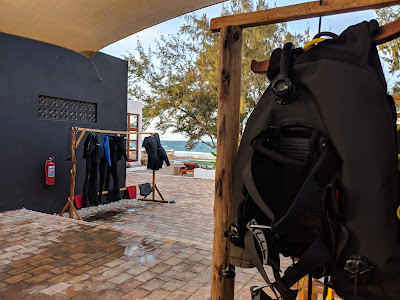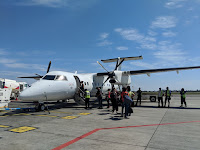Shark!
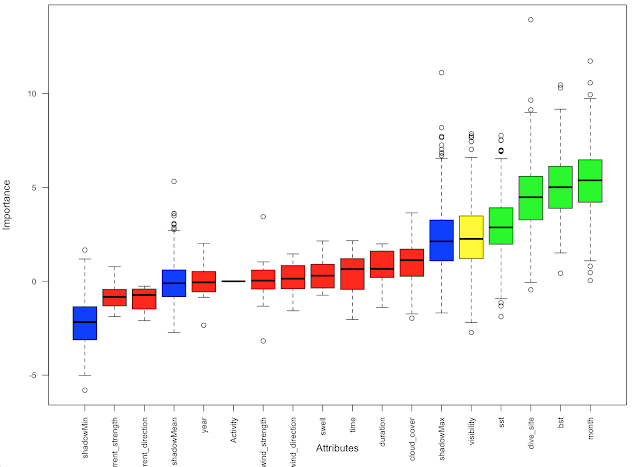
We did a double dive today, first Manta Reef and then Giants Castle again. The sea was very choppy and we were the only boat that went outside the bay, heading south to Manta Reef. Current strength was a little better than the day before but I was still not thrilled about it. We were able to do transacts though, which is good. We didn't see any mantas---apparently no one ever does on Manta Reef anymore now that divers have scared them all off---but we did see a bunch of rays and a shark. It was a grey reef shark, which, like most species of shark, is not particularly dangerous. They are usually only 4 or 5 feet long, and although there have been a handful of attacks on record, they are very few relative to the shark population, and none of them were fatal. This is particularly exciting for me because it ties directly into the data modeling work I'm doing in R for Callum in predicting under what conditions shark encounters are likely to happen so that we can provide shark a...
